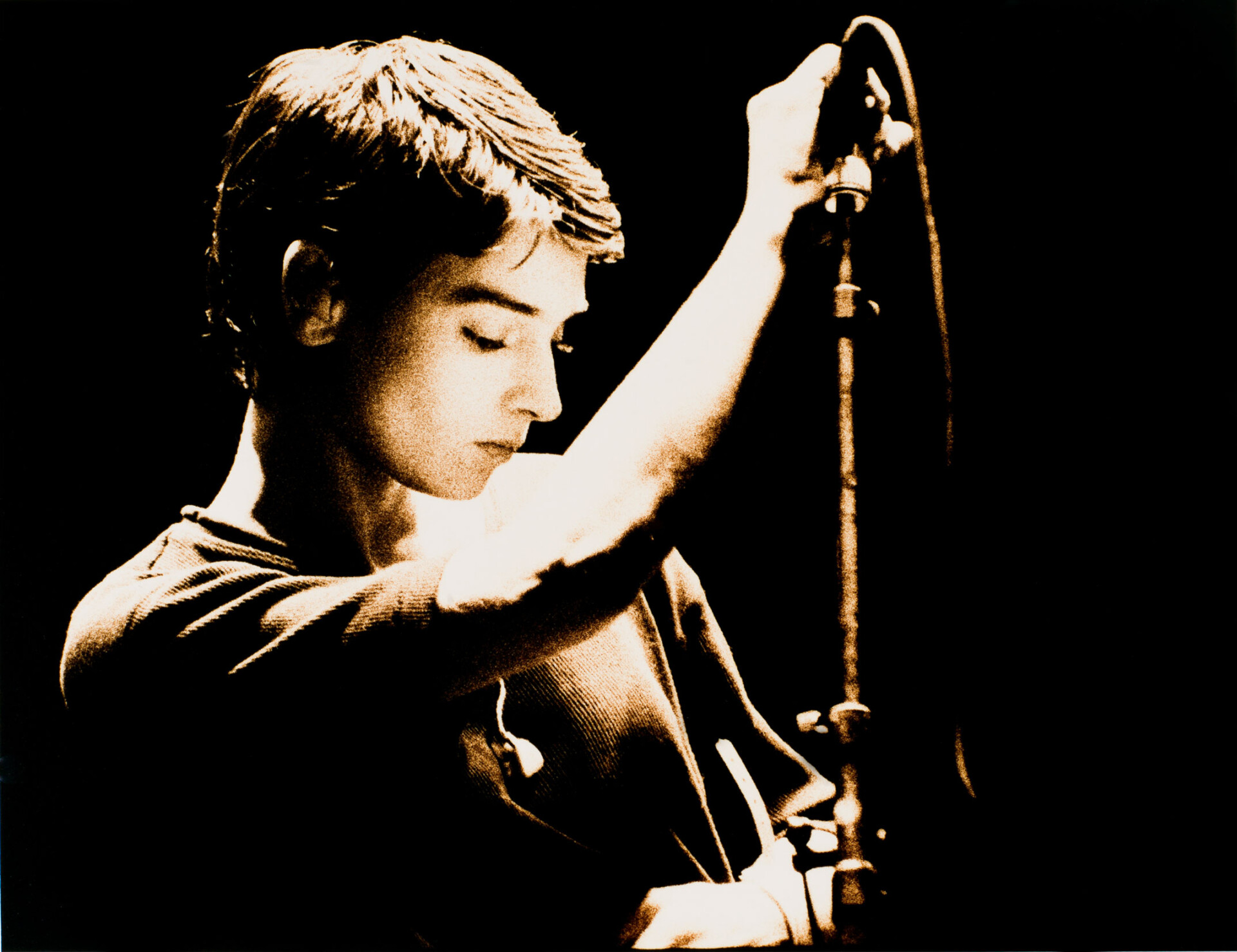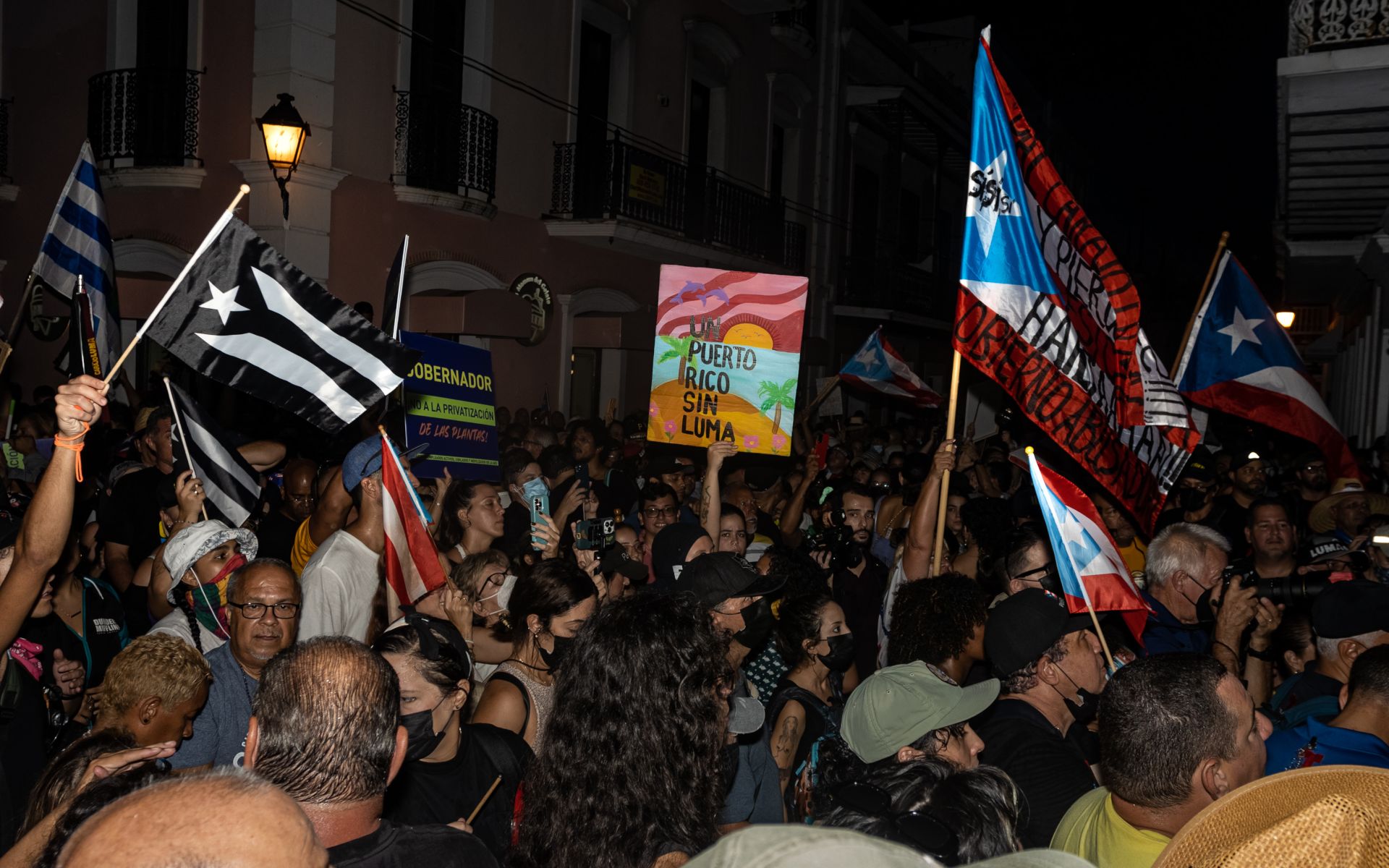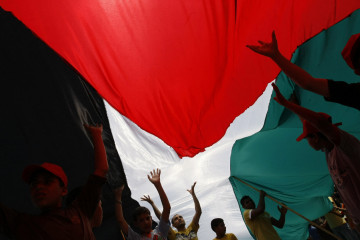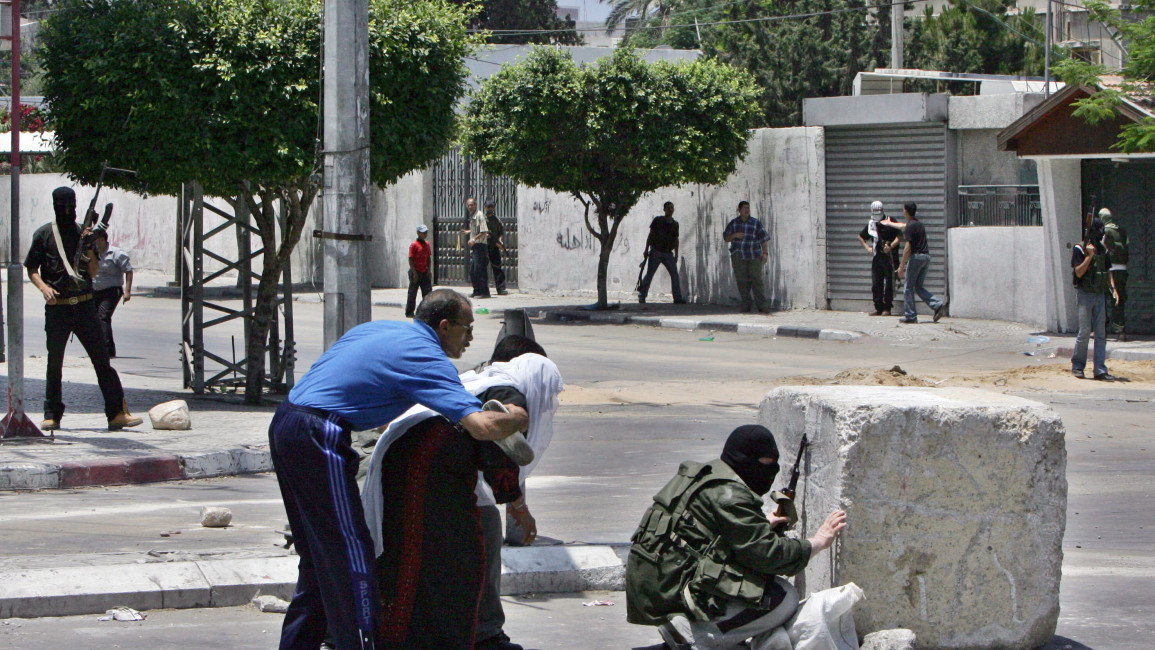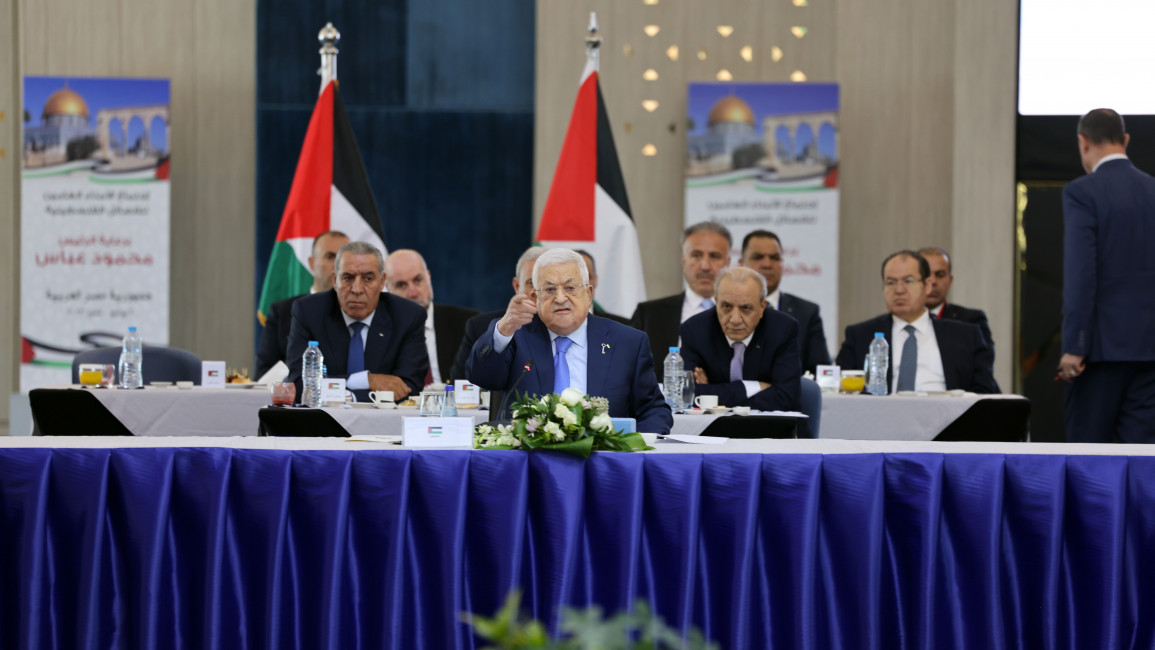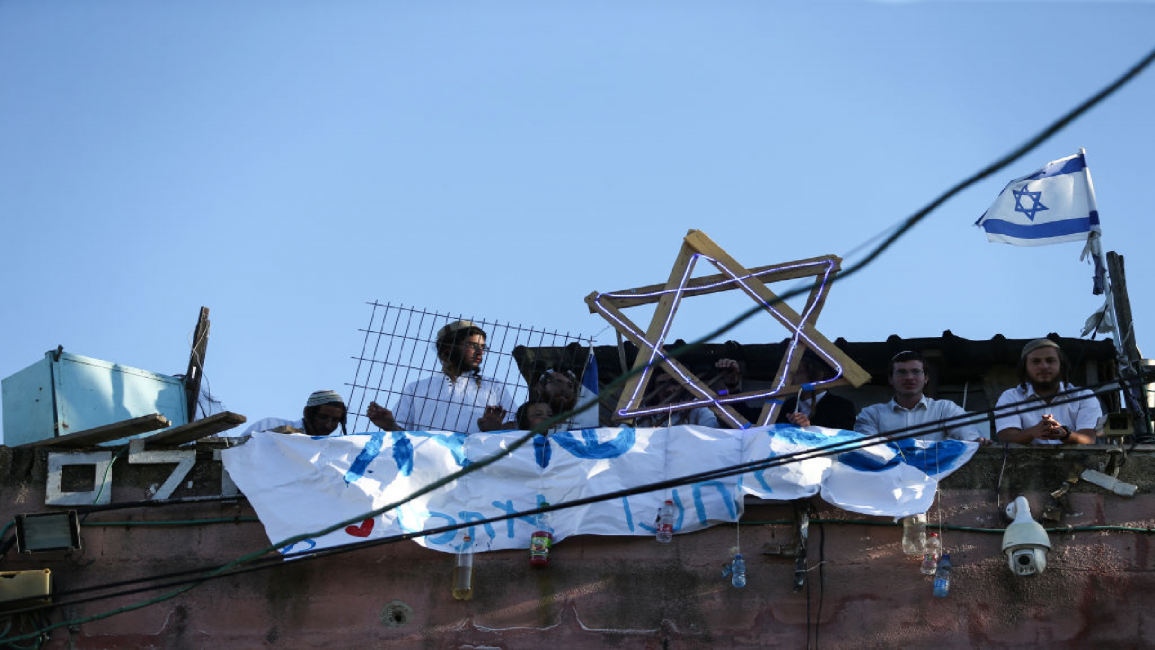Evangelical supporters of the country, who have long taken sides in the country’s politics, are neutral about the recent political unrest
Daniel G. Hummel is the author of “Covenant Brothers: Evangelicals, Jews and U.S.-Israeli Relations”
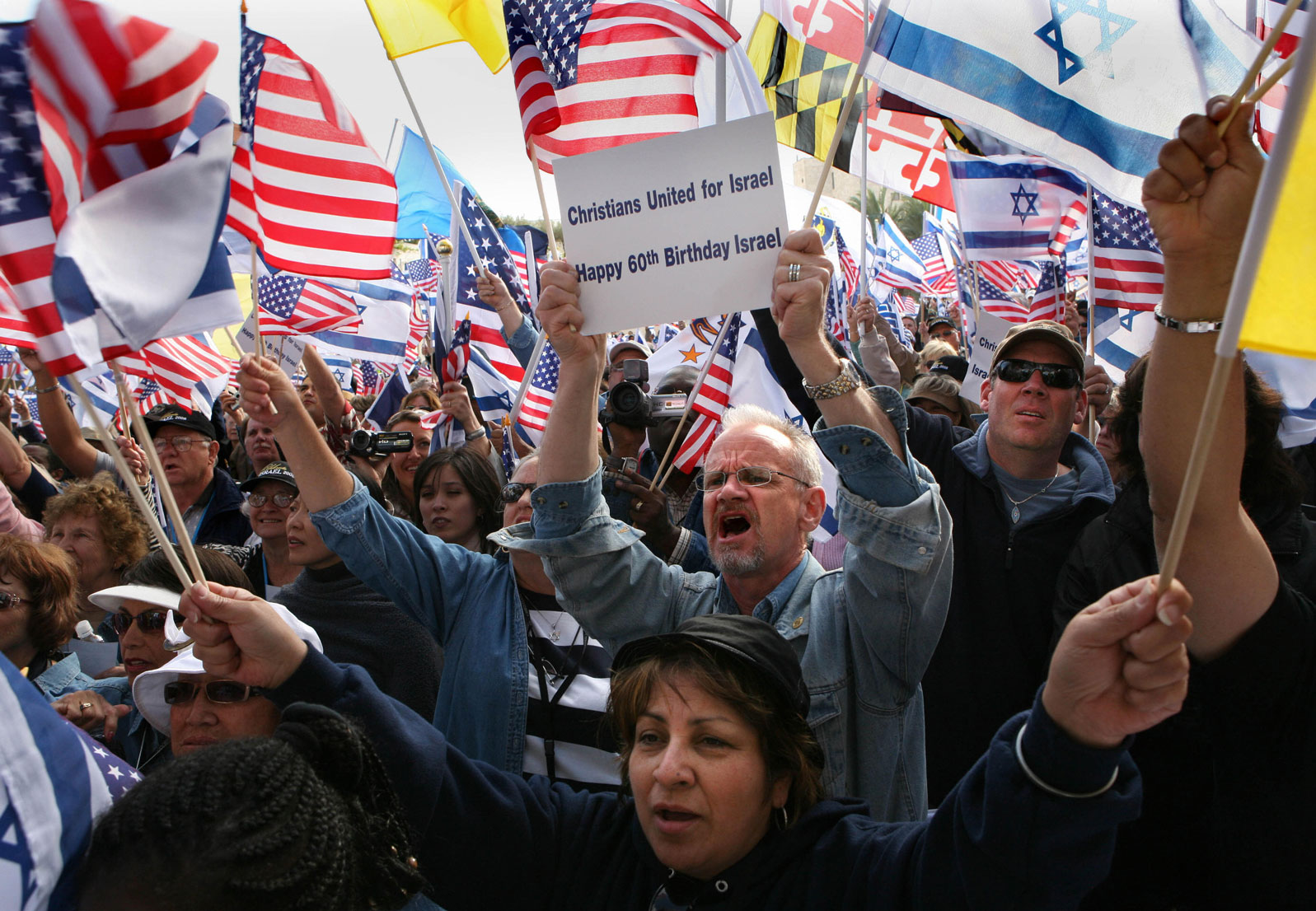
Ask American Jews about the Israeli government’s controversial judicial overhaul plans and they will have strong opinions, even more so in light of the Knesset’s recent curbing of the Supreme Court’s power despite nationwide protests against the move. Ask evangelical Christians, on the other hand, and you’ll probably get quizzical looks. The difference would be unremarkable — and natural — except that there are millions more evangelical Christians who identify as supporters of Israel than there are American Jews. And there are tens of millions more Christians outside the United States who identify as supporters of Israel than there are in the United States.
Over the past 50 years, Christian Zionists — the term for these mostly evangelical Christian supporters of Israel — have created a global, multifaceted and expansive movement, credited with shaping political debates in multiple countries and becoming increasingly vital to Israel’s own foreign policy.
Why, then, are Christian Zionist organizations practicing a studied neutrality on the judicial overhaul legislation and the momentous political unrest among Israelis during the past several months? These organizations tend to be friendly with the Israeli right, especially with Prime Minister Benjamin Netanyahu. They articulate a religious understanding of Israel’s significance that aligns, often purposefully, with religious Zionists in Israel. And they have, in eras past, involved themselves with Israeli politics when it suited their goals.
Yet these factors have to be weighed alongside others. The leading Christian Zionist organizations — the International Christian Embassy Jerusalem (ICEJ) and Bridges for Peace, among others — are now decades old. They have developed deep and broad relationships with Israeli leaders and have gained their own local knowledge of Israeli society. Following early years of raw activism, they have turned professional and become sophisticated advocacy organizations.
They are also tasked with balancing occasionally divergent Christian Zionist perspectives. The ICEJ, for example, is headquartered in Jerusalem and has branches in more than 90 countries. David Parsons, the organization’s senior international spokesman, told me that over and above any specific issue or crisis, the ICEJ is promoting a “responsible brand of Christian Zionism” that stakes out middle positions deemed reasonable both by Christian Zionist opinion and in Israeli politics. In recent years such positions have included opposing the boycott, divestment and sanctions (BDS) movement against Israel, encouraging Jewish immigration to Israel and developing media and tourism programming to promote pro-Israel views among Christians.
Still, the ideal of neutrality can seem odd to outsiders. One might still ask: Don’t Christian Zionists have a predisposition to support the judicial overhaul now taking place since they, like the sponsors of the bill, tend to be more religiously observant, more socially conservative and more skeptical of the power wielded by the Supreme Court of Israel?
Christian Zionists do have an unavoidably religious understanding of Israeli society. Parsons echoes other observers who see the court legislation as a signal of a much deeper rift in Israeli society. “At the heart of the current ‘constitutional crisis’ also lies a tug-of-war over the character of Israel as both a Jewish and a democratic state,” Parsons wrote for the ICEJ. Many Christian Zionists are deeply concerned with Israel’s providential and even prophetic destiny, which colors their analysis of daily events. As Cheryl Hauer of Bridges for Peace argues in a recent article for the organization’s magazine, beyond the secular markers of Israel’s exceptionalism is her belief that “Israel is different because God created her to be so. … It is through His people, God said, that nations will eventually recognize who He is.”
Stripped of Christian particulars, many religious Jews could agree with this statement. But shared religiosity does not necessarily mean common goals. There are also deep tensions dividing Christian Zionists and the Israeli right. Earlier this year two ultra-Orthodox Knesset members submitted a bill that would target religious proselytization as an offense punishable with jail time, a measure aimed at Christian missionaries and Messianic Jews — Jewish converts to Christianity. (The vast majority of Jewish sects frown on proselytization, while it is a fundamental tenet among many evangelical Christians.) Such attempts by the ultra-Orthodox routinely come up in Israeli politics, but this time United Torah Judaism, the party in the government sponsoring the bill, had increased its clout. Netanyahu, who has relationships with Christian Zionist leaders that span decades and sees them as a key constituency of Israel’s public diplomacy, quickly dismissed the feasibility of the bill, and Jurgen Buehler, the ICEJ’s president, briskly thanked him publicly. But the disagreement between Orthodox Jews and evangelical Christians persists, and it has existed since before the state of Israel was founded.
Navigating these varied factors has been a decadeslong learning experience for Christian Zionists. Indeed, describing the current domestic unrest as unprecedented or exceptional can obscure the fact that, for many Christian supporters of Israel, there is nothing new in the tension between their theological commitments on the one hand and their unconditional support for Israel and studied neutrality on Israeli domestic issues on the other. Rather, the issues facing Christian Zionists in 2023 are part of the fabric of this relationship and are as extensive as the larger crisis over Israel’s identity, dating to the earliest days of statehood. The problem became more pronounced in the 1970s, with the first shift in ideological and party leadership in the country’s history, and it has reappeared in recent decades under new conditions. In this history are clues not only as to how the Christian Zionist understanding of Israel has developed but also how the Christian Zionist movement has been beset by — and has evolved to address — enduring tensions in its support for Israel.
Likud’s electoral victory in May 1977 prompted Israel’s first coalition change in its political history. Then, as now, it also posed an existential question: Would Israel’s largely secular and Labor-dominated past persist, or would it fall under the sway of the new Israeli right, represented in 1977 by Menachem Begin, the founder of Likud and a presence in Israeli politics since 1948? In The New York Times, Begin’s electoral victory of 1977 was described to Americans largely through his alarming past. “His name is synonymous with terror,” the paper editorialized about Begin’s anti-colonial activities before 1948 as head of the Irgun group, in which, it insisted, there was a disturbing “cult of personality” around the new prime minister.
In the days after Likud’s 1977 election victory, reporting highlighted the National Religious Party, part of the new coalition, which had ties to a radical settler sect, the Gush Emunim. The details and the links implied that while Israeli Labor leaders had largely conformed to the profile of Western-educated, secular and socially liberal, suddenly the new political insiders in Israel were “Orthodox,” “ultranationalist” and “radical.”
Christian supporters had to decide how to respond to the 1977 election, too. Organized Christian support for Israel had existed for decades, nurtured by Labor governments and Labor-appointed officials. In fact, it was often Orthodox Jews who were the loudest opponents of Western Christian support, especially support from American evangelicals who prioritized missions to the Jews. Yet Begin was ultimately an appealing figure to these early Christian Zionists. One leader, G. Douglas Young, who founded Bridges for Peace in 1976, pioneered the embrace of Likud-led coalitions and the Israeli right wing among Christian supporters of Israel.
Young’s history with Israel dated to 1958, when he founded a school in Jerusalem for Western Christians, which became a locus of evangelical-Jewish cultural exchange and Christian Zionist advocacy. In the 1960s and 1970s, Young’s Israeli relationships were largely with Labor politicians and liberal intellectuals who saw interfaith dialogue and Christian theological reform as vital to Israel’s national interest. Yet with the 1977 election, Young signaled a new excitement over Likud’s more religious and more expansionist vision for Israel. Begin was an observant Jew whom Young described, in one 1978 speech, as a fellow “believer.” Begin’s attention to anti-Christian persecution, especially in explaining Israeli military intervention in Lebanon in 1978, won Young’s approval, too. Finally, Begin’s insistence that Israel did not occupy but rather liberated the West Bank from Arab control comported with Young’s views, which he endorsed through ads in The New York Times among other venues.
Christian Zionist leaders in Young’s wake, including famous figures of the Christian right like Jerry Falwell and Pat Robertson, made no bones about their preference for Israeli right-wing leaders and coalitions — or rather right-wing policies prompted by such leaders. These leaders formed groups like the Moral Majority and the Christian Coalition to advocate for broad-based conservative policies that included support for Israel. They were U.S.-based and, for the most part, U.S.-centric. Their support for Israel was part of a largely domestic political agenda driven by domestic issues, but there was room in their platforms for foreign policy when it came to anti-communism and support for Israel. The compatibility with right-wing Israeli politicians made sense, and figures like Falwell became invested in supporting Begin and later leaders like Netanyahu.
The response to Begin shows how an earlier generation of Christian Zionists embraced the Israeli right wing. But in recent decades, even as the Israeli and evangelical camps have grown closer, the situation has become more complicated. U.S.-based organizations have faded from the center of organized Christian Zionism. The movement is far more global than it was in the 1970s and far more professionalized than at the height of the Christian right.
The movement is also more singular in its focus on Israel. In the 1980s and 1990s, pro-Israel politics was often integrated into a more comprehensive political agenda among conservative evangelicals. In 1980, for example, Jerry Falwell’s “95 Theses for the 1980s” (modeled on Martin Luther’s “95 Theses,” which in 1517 precipitated the first major schism in Western Christendom), which he sent to each member of the U.S. Congress, included a small section on foreign policy that outlined support for Israel. Today, the lobby organization Christians United for Israel (CUFI) represents American Christian interests in Washington and focuses solely on this issue. Yet CUFI’s most meaningful work is not international but state-level and campus-based activism against BDS initiatives in places like Texas and North Carolina.
Outside the United States, Christian Zionist leadership has centralized in Israel. Like the ICEJ, Bridges for Peace is based in Jerusalem.
The ICEJ, founded in 1980, had by the early 21st century become the largest Christian Zionist organization in the world. The example of the ICEJ’s handling of the Israeli disengagement from the occupied Gaza Strip in 2005 shows that over time Christian Zionists have developed more sophisticated responses to Israeli domestic politics, aided by this proximity.
The forced evacuation of some 8,000 Israeli settlers from Gaza in August and September 2005 deeply polarized Israeli society. On the political right, settlers and their supporters felt betrayed by Prime Minister Ariel Sharon, a longtime right-wing politician, while on the left critics regarded disengagement as a cynical ploy for Israel to consolidate its hold over other occupied areas. Massive protests against disengagement (organized by right-wing groups) ensued: A “human chain” stretching 60 miles from the Gaza Strip to Jerusalem and a nationwide protest centered in Tel Aviv each attracted up to 150,000 people. By the deadline for evacuation, polling showed that less than half of Israelis supported disengagement, and the Israeli media hyped the potential for violence between settlers and Israeli soldiers.
With attention on Gaza, Christian supporters were forced to weigh in. The ICEJ’s founding director, Jan Willem van der Hoeven, had spent the 1980s and 1990s (like Young had in the 1970s) vacillating between “unconditional” support for Israel and protestations that a right-wing vision of Greater Israel, including the Gaza Strip, better conformed to God’s will. Criticizing the Hebron Agreement of 1997, which set the terms for a partial removal of Israeli forces from the West Bank city of Hebron, van der Hoeven warned, “Our support for Israel and the Jewish people is based not on Likud policy or Labor policy — but on our understanding of God’s word.” By 2005, however, van der Hoeven’s views were too extreme for the ICEJ. He left the organization in 1996, in large part because his increasingly strident views undermined the image of neutrality.
Subsequent ICEJ leadership was more strategic in situating neutrality within the spectrum of Israeli politics, reflecting a new sophistication to global Christian Zionist organizing in Israel. The next director, Malcolm Hedding, was a white South African with a history of anti-apartheid activism. Hedding added key personnel who remain at the ICEJ today, including the aforementioned David Parsons and Vice President of Finance David Van Der Walt. When the Gaza disengagement plan surfaced in 2003, the ICEJ refrained from advocating for or against, resisting pressure from anti-disengagement groups with whom they saw eye to eye on many other issues, including West Bank settlement.
Instead, the ICEJ offered humanitarian aid to the displaced settlers, including food, shelter and playgrounds for children. The ICEJ did warn that disengagement would lead to an increase in rockets entering Israel from Gaza, but, as Parsons told me, in the aftermath “we didn’t go around saying ‘we told you so.’ There was no place for that sort of thing.”
The larger point for Christian Zionists was the studied and steady neutrality conforming to Israeli politics — “unconditional love” in Hedding’s words — made possible through deep familiarization with local actors and professionalized leadership. The current Christian Zionist leaders in Israel have only become better at their jobs since 2005 and more attendant to navigating the poles that define the relationship.
Local knowledge and professionalization can’t resolve all points of tension between Christian Zionists and Israel, especially when the pressure is ratcheted up. The U.S. national director of Bridges for Peace, Jim Solberg, explained to me by email that his organization “works hard to not take sides in internal Israeli politics, but to respect Israelis working through their internal issues among themselves.” In most cases, including the judicial overhaul legislation and the day-to-day work of the organization, this appears true.
Yet a Bridges for Peace online article in March revealed a less measured perspective. Written by Nathan Williams, the organization’s director of marketing and communications, the article concluded, “While it is important to remain apolitical in our support for Israel, one can recognize that there are those political parties who evidently stand with conviction for the Jewish people’s God-given right to exist in their God-given land.” Those with “conviction” were the “ultranationalists” who have “for better or worse become the moniker for the Zionists of today who are still fighting to keep the dream and reality of a Jewish State for the Jewish people alive.” This perspective reveals that neutrality may be strategically wise, but in terms of underlying values there is, among some Christian Zionists, an expressed preference — in the deeper struggle over Israel’s religious and cultural identity — for the “ultranationalist” position.
The ICEJ, for its part, has made a more studied affirmation of neutrality. Its director, Jurgen Buehler, issued a lengthy “Call to Prayer over the Battle of Israel’s Future” in late March that emphasized the need for unity over any particular political outcome. Buehler acknowledged the warring Zionist visions for Israel without endorsing one. In fact, Buehler undercut a version of the argument put forth by many evangelicals that the ascendancy of religious Zionists would improve Israeli society by recalling past Christian theocracies as cautionary tales, including John Calvin’s influence over the city of Geneva and Savonarola’s over the city of Florence. As Parsons told me, the ICEJ’s chief goal in its work is to “strengthen Israeli internal unity” among all its religious and nonreligious sectors, whatever the issue.
Robert Nicholson of The Philos Project, a much newer organization founded in 2014 to promote “Christian advocacy in the Near East,” rejected the idea that his organization needed to make a statement at all.
“This is a case study in successful democracy,” Nicholson explained of the protests. “Israelis are going out into the streets to have their voices heard. This is not a collapse of the country.” Nicholson’s organization advocates for Christian minorities throughout the Middle East, meaning that in Israel Philos is invested in protecting religious pluralism for Christians, Muslims and Druze, among other minorities. The organization also cultivates a diverse Christian base — subprojects include “Philos Latino” (for “U.S. Hispanics”) and “Philos Black” (for “Black Christian leaders”) — leading to the need to manage diverse responses to the proposed judicial changes. Nicholson insisted that rather than advocate a side, the “real mark of Christian friendship to Israel at this moment of history” is to allow “Jews and minorities to figure it out themselves.”
These varied responses dispel the notion of a single Christian Zionist response to Israel’s domestic strife. Rather, what is shared is a set of tensions that touch on two especially sensitive areas of Christian Zionist organizations today: the deep relations in contemporary Israel that feed Christian Zionist organizational success and the unavoidably religious understanding of Israeli society in Christian Zionist advocacy.
These perennial tensions are accompanied by more recent developments. In the U.S., Latin America and elsewhere, Christian support for Israel has increasingly become a domestic partisan issue. In the U.S. and Brazil, to take two prominent examples, support for Israel has been leveraged in culture war debates. Such cultural polarization rarely relates directly to foreign policy issues, and the extent to which stances of neutrality can resist it has not been truly tested yet. In the U.S., Christians United for Israel’s largely conservative base of support has not translated into advocacy for the judicial overhaul. In a recent interview with Jewish News Syndicate, CUFI’s founder and president, John Hagee — someone with a history of holding controversial views on everything from antisemitism and the Holocaust to the threat of Muslims to U.S. national security — refused to comment, explaining that “Israel is a democracy, and, as in all democracies, there are times of great challenge.”
Christian Zionist norms of neutrality and unconditionality are, like any norms, no more fixed than the people that profess them. They are, in other words, time-bound and dependent. They are the products of a professionalized Christian Zionist leadership that came into power in the 2000s and after. They grew in response to receptive Israeli leaders who preferred, for their own reasons, that Christian supporters increase their involvement in certain ways and not others. These norms were adapted to fit a Christian Zionist-Israeli relationship premised on expansive American power, Israel’s need to curry favor in Western democracies and the identification of existential threats to Israeli security.
As these factors change, so too will the tensions that require Christian Zionist responses. Challenging developments such as higher-than-average turnover in the Knesset or COVID restrictions limiting the ability of lobby groups to meet in person with Israeli politicians have required special attention from Christian Zionist organizations. Parsons was clear that it’s difficult to arrange meetings and communicate to Israeli politicians about the work of the ICEJ. The “new generation” of politicians, produced through five elections in four years, is less familiar with Christian organizations and less informed about the historical dynamics of the Christian Zionist movement. As the ground shifts, and the judicial changes advance through the Knesset and prompt reactions from all corners, practicing neutrality for the sake of friendship has become an instinct among those Christian Zionists closest to the centers of organizational and diplomatic influence.
